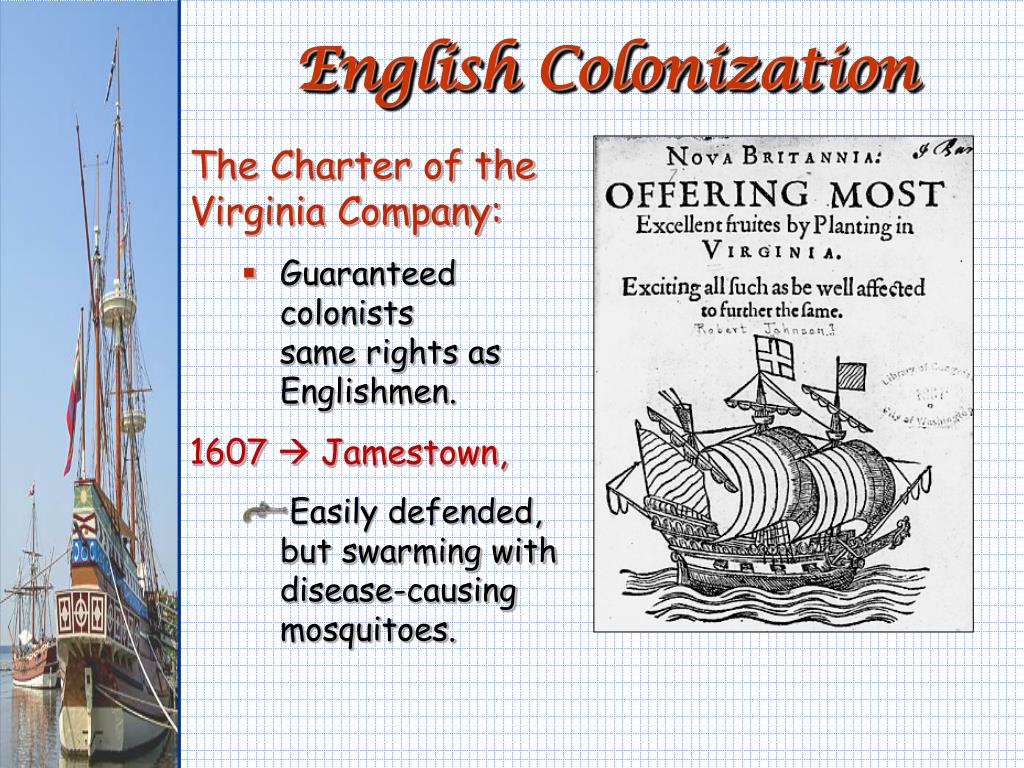

Aquaculture Engineering 33: 63–72.Ĭhristo, S. A highly efficient oyster spat collector made with recycled materials. Journal of Shellfish Research 17: 1081–1083.īuitrago, E. Response of settling oyster larvae, Crassostrea virginica, to specific portions of the visible light spectrum. Journal of Costal Development 15: 34–44.īaker, P. The effect of various spat collector materials for spat attachment of peal oyster ( Pinctada maxima). Large-scale production of triploid oysters, Crassostrea virginica (Gmelin), using “stripped” gametes.

Our findings contribute to the further understanding of the function of eyespot in the settlement of oyster larvae, and to establish criteria to evaluate light pollution levels for protecting benthic ecosystem.Īllen, S. These lights maintained their performance, with settlement rates higher than controls in darkness. Red and NIR were further tested with ceramic paper substrates inert substrates. NUV at 15, 25 W/m 2, and white and green light at 5, 15 W/m 2 disrupted larval settlement, whereas red at 25 W/m 2 and NIR at 100 lux showed strong settlement-inducing activities. LEDs modulated at each intensity were continuously irradiated for 2 days, and the number of settled larvae on a substrate of shell chips was counted daily. Based on the eyespot absorbance, pediveligers were subjected to different light conditions with light-emitting diodes (LEDs): near ultraviolet (NUV), blue, white, green, red, and near infrared (NIR), set at 3 intensities (5, 15, 25 W/m 2, except for NIR, which was at 25, 50, 100 lux). Eyespot efficiently absorbed 500–650 nm of light wavelength. This study investigated the eyespot with light wavelength-dependent absorbance, and its functional details for settlement in the Pacific oyster Magallana gigas larvae. Oyster larvae initially have an eyespot on settlement stage (pediveligers).


 0 kommentar(er)
0 kommentar(er)
